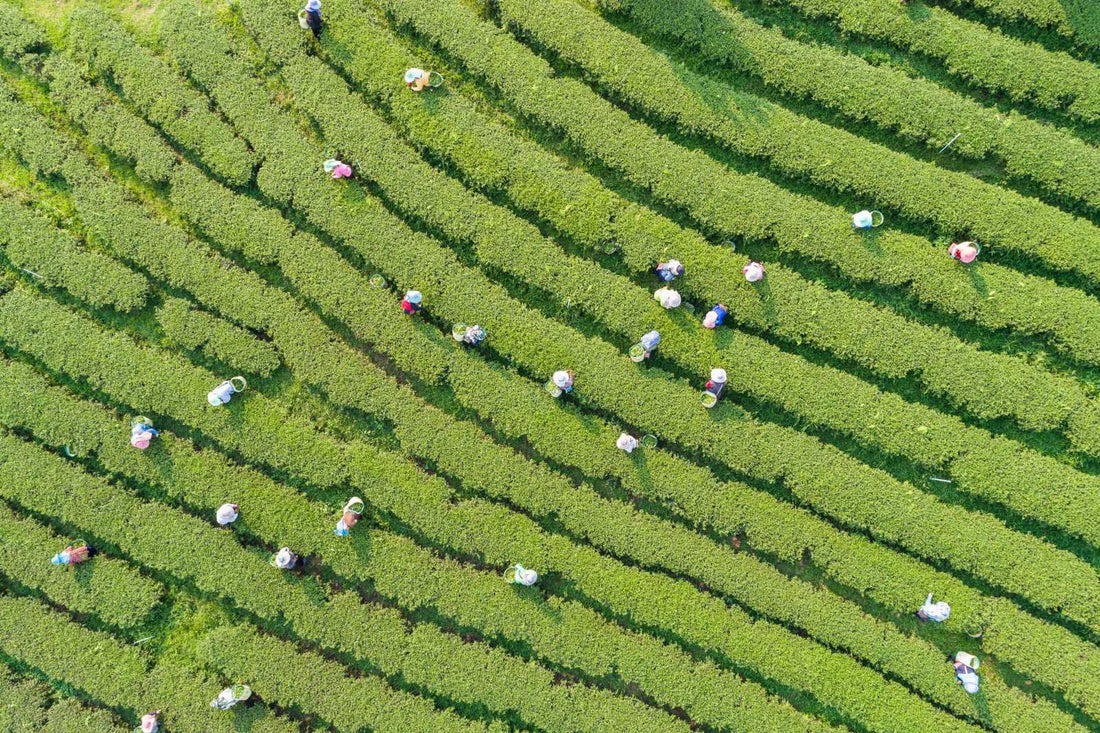
What to Look for in a Good Kombucha (and What to Avoid)
Kombucha has come a long way from its early days on health food shelves. It’s now a staple in cafés, corner shops, and even the occasional pub fridge. But with so many options on the market, it can be difficult to know which kombuchas are genuinely brewed with care, and which are simply capitalising on the name.
Here’s what to look for in a quality kombucha, why it tends to cost more than your average soft drink, and a few things worth being wary of when choosing one.
What defines a good kombucha?
Kombucha is a fermented tea. That means it should be made with real tea, proper fermentation, and time. A quality kombucha should taste layered — bright and tart, with a touch of natural sweetness and subtle complexity. The fermentation process produces organic acids, trace levels of alcohol, and a small amount of carbonation. These are good signs. If your kombucha tastes flat or overwhelmingly sweet, something’s been missed — or removed.
Good kombucha typically includes:
- Real tea (black, green, oolong, or a blend)
- Cane sugar (used for fermentation, not flavour)
- Live cultures (called a SCOBY)
- Short, recognisable ingredient lists — no flavourings you wouldn’t find in a kitchen
The result should be a drink that feels alive. You might notice a slight variation in flavour or fizz from one bottle to the next — that’s fermentation doing its thing. A bit of sediment at the bottom is normal. So is the occasional jelly-like blob of culture. These are signs you’re drinking something raw, not manufactured.
Why kombucha costs what it does
We’re often asked why kombucha is priced more like a craft beer than a soft drink. The short answer is: it’s not mass-produced, and it’s not pretending to be something it’s not.
Brewing proper kombucha requires:
- Time — most batches ferment for 10 to 21 days
- Quality ingredients — ethically sourced tea and sugar
- Cold storage — it needs to stay refrigerated to preserve live cultures
- Hands-on process — made in small batches
You’re not just paying for the liquid. You’re supporting a slow, careful process that can’t be rushed without compromising the result. It’s a bit like buying sourdough from an independent bakery rather than sliced white from a supermarket shelf.
What to be cautious of
As kombucha becomes more popular, it’s also becoming more commercial. Some products on the market are kombucha in name only. Here are a few signs to approach with caution:
-
“Sugar-free” kombucha
Sugar is essential to fermentation. The cultures feed on it. A product claiming to be sugar-free is either not fermented properly or has been pasteurised and sweetened artificially. Neither approach delivers the same benefits — or the same taste. -
Long shelf life at room temperature
Live kombucha is perishable. It should be kept cool. If a bottle claims to last for a year unrefrigerated, it’s almost certainly been pasteurised, which kills off the live cultures. Some brands add probiotics back in, but these are not the same as those produced naturally through fermentation. -
Highly sweet or overly flavoured varieties
While kombucha should have a hint of sweetness, it shouldn’t taste like a standard soft drink. Excess flavourings often mask a weak or incomplete fermentation process.
A good kombucha should feel like a living drink — complex, refreshing, and balanced. It doesn’t need to shout about being healthy. When done properly, it naturally supports digestion, metabolism, and gut health. But most importantly, it should taste real.
At Left Field, we brew traditionally, using whole tea leaves, sugar, and no shortcuts. Our kombucha is raw and unpasteurised — nothing added, nothing taken away.
So when choosing a kombucha, read the label. Trust your palate. And know that not all bottles on the shelf are made with the same intentions.
